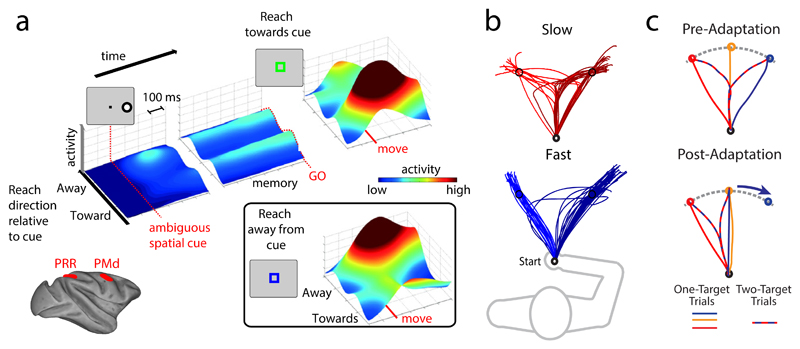Fig. 2. Multiple potential actions can be specified before target selection.
a| Schematic depiction of an experiment measuring neural activity in the parietal cortex of a monkey taking part in a potential motor goal task 50. In this task, a single ambiguous spatial cue was presented prior to a delay (memory) period. Animals were then given a contextual rule cue, which provided the instruction for them either to initiate a reach toward the position indicated by the preceding spatial cue (a direct motor goal) or to reach toward the opposite direction (an inferred motor goal). Importantly, the latter reach was made toward a location in which no object had been presented visually, ruling out the possibility that any activity related to this reach option could be due to some form of visual memory. The ‘move’ line indicates the animal’s movement onset time. The surface plot depicts the average activity of parietal reach region (PRR) neurons over the course of the experiment, aligned to the preferred direction of the neurons relative to the reach direction specified by the cue. Examination of activity during the memory period shows that PRR neurons simultaneously represent both motor goals (direct and inferred) when the rule associated with the spatial cue is not yet known. Similar results were observed in dorsal premotor cortex (PMd). Note that once the animals execute the rule-instructed reach, the neurons with preferred directions corresponding to the reach direction significantly increase their activity. b| Reach averaging in ‘go-before-you-know’ tasks is influenced by required movement speeds69. In this task, participants performed reaches towards two competing targets, with the final reach target only being revealed after movement onset. Reach trajectories, from a single participant over multiple trials, for slow (top) and fast (bottom) movement speeds are shown. Spatial averaging, wherein initial movements are launched towards an intermediate (or averaged) spatial location, occurs only for slow movements, when time allows for corrective movements to be made. c| Spatial averaging reflects an average of corresponding movement, and not visual, directions76. The top panel shows representative reach directions, from a single participant, for one target and two target trials (in which the two outermost targets were presented) in go-before-you-know tasks. Two target trials show standard spatial averaging behaviour.. The bottom panel shows that, when gradual, imperceptible mismatches between the hand position and the viewed cursor representing the hand position (i.e., visuomotor rotation of the hand cursor) are applied to the rightmost target (denoted by curved blue arrow) such that subjects must move their hands straight ahead in order to reach both the central and rightmost targets, individuals, in two-target trials, tended to reach in the direction that was the average of the movement paths associated with the two targets. This leftward shift in averaging behaviour from pre- (top panel) to post-adaptation (bottom panel) learning of the visuomotor rotation, suggests that averaging occurs at the level of motor representations.. Part a is modified, with permission from REF 50. Part b is modified, with permission, from REF 69. Part c is modified, with permission from REF 76.

